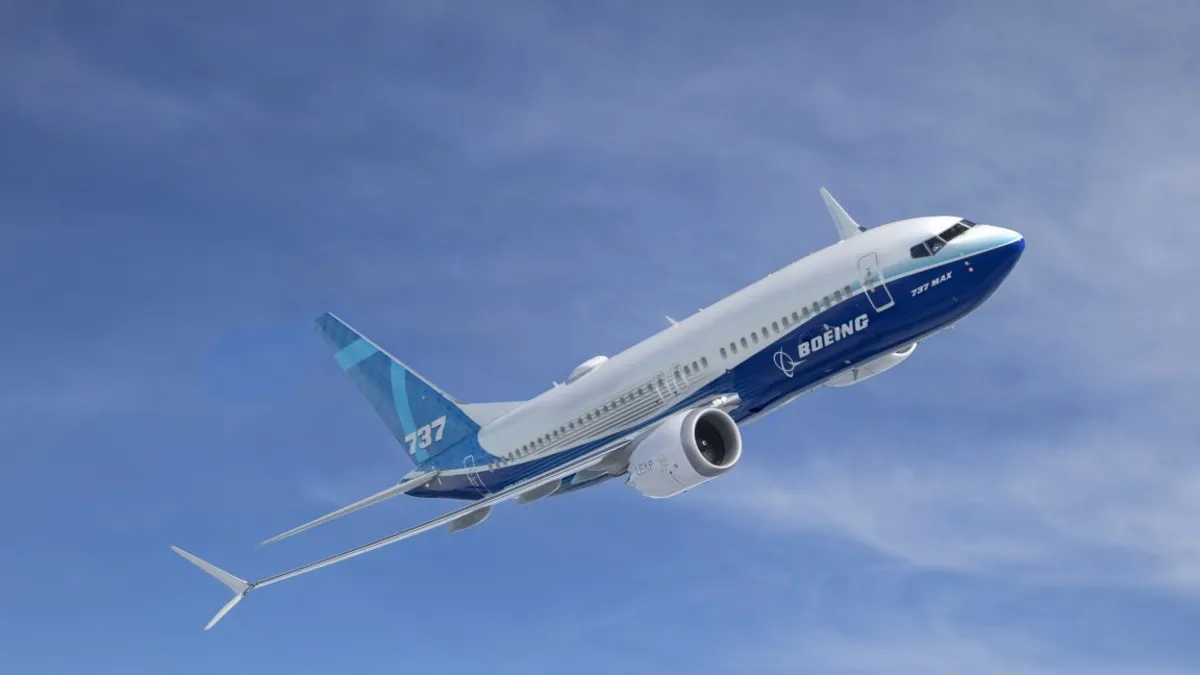
The National Transportation Safety Board (NTSB) confirmed on Sunday that it is conducting an investigation into a mid-flight incident involving a United Airlines airliner that was struck by an object in its windscreen over Utah. The federal agency took to the social media platform X to announce, “NTSB gathering radar, weather, flight recorder data.” They also mentioned that the damaged windscreen is being sent to NTSB laboratories for further examination.
The incident occurred on Thursday during a United Airlines flight traveling from Denver to Los Angeles. Eyewitness accounts and images shared on social media revealed that one of the two large windows at the front of a 737 MAX aircraft was significantly cracked. Reports indicated that the pilot sustained cuts on their arm from what appeared to be small shards of glass from the damaged windscreen.
The captain of the flight described the object that struck the plane as “space debris,” although this has yet to be confirmed. Following the incident, the aircraft made a safe landing at Salt Lake City International Airport after being diverted. The images captured of the strike indicate that the object made a forceful impact near the upper right section of the window, causing noticeable damage to the metal frame surrounding it. Fortunately, due to the multiple layers of the aircraft windows, which contain laminate in between, the window pane did not shatter completely.
At the time of the incident, the aircraft was flying at an altitude exceeding 30,000 feet, likely around 36,000 feet, while maintaining cabin pressure in the cockpit. This leads to the question: could it have been space debris? Identifying the object’s origin is challenging without more data. While a few bird species can fly at altitudes above 30,000 feet, such as the Rüppell’s vulture, which is primarily found in Africa, it remains an unlikely scenario.
Another possibility is an unregulated weather balloon, although it is uncertain whether its velocity would have been sufficient to cause the damage observed. Hail is also considered a potential cause of the incident. Observers have reported scorch marks, which further fuel theories suggesting a meteorite or space debris could be involved.
Assuming the object was not a random item, such as a home run ball, the remaining theory revolves around an object from space. While the pilot initially speculated that it could be space debris, a meteor is, in fact, more likely. Studies indicate that approximately 17,000 meteorites strike Earth each year, which is significantly higher than the amount of human-made space debris that survives reentry through the Earth's atmosphere.
A thorough analysis of the glass and metal impacted by the object should provide crucial insights regarding its origin. As the investigation progresses, updates from the NTSB will shed light on the circumstances surrounding this extraordinary mid-flight incident.